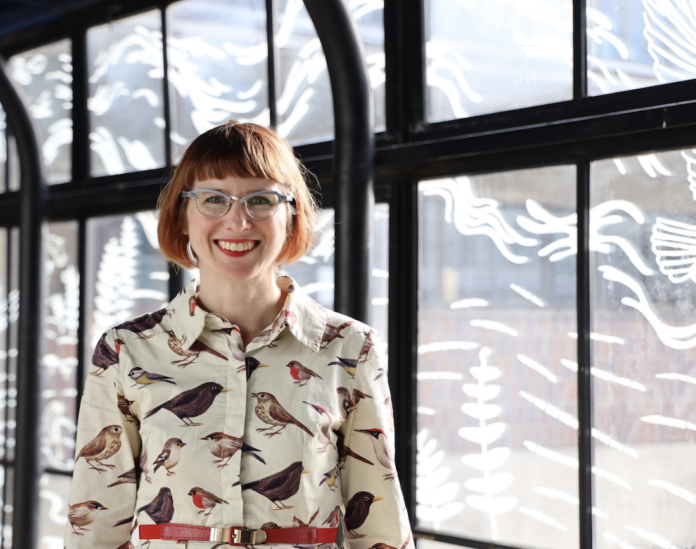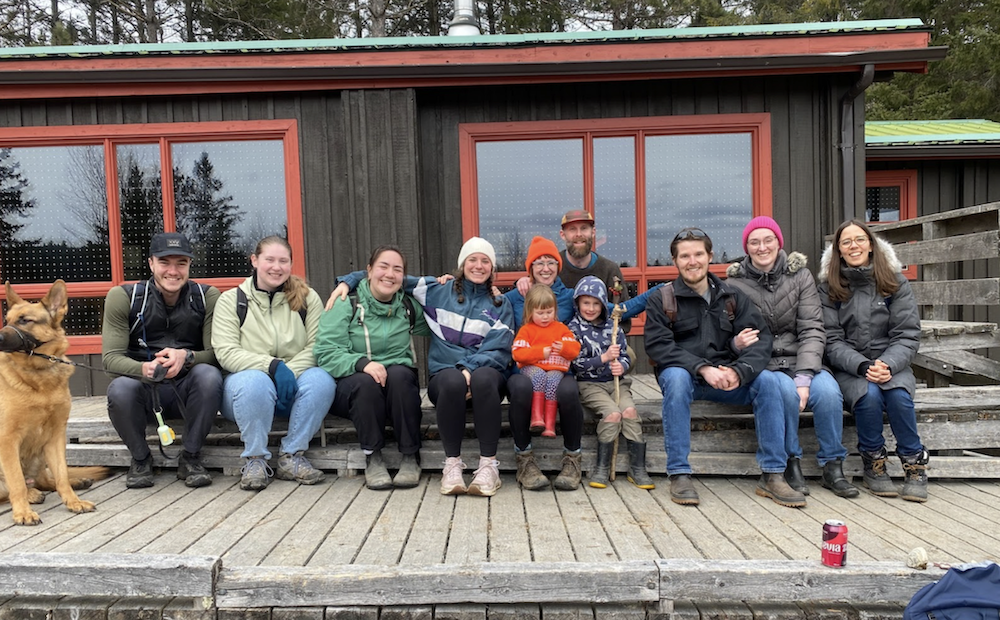
Carleton University’s Rachel Buxton is looking into the link between biodiversity in Canadian cities and improved mental health.
Buxton, an assistant professor in the Institute of Environmental and Interdisciplinary Sciences, has researched the associations between bird and tree species and human well-being.
The Charlatan spoke to Buxton on her bike ride to work to discuss the importance of healthy biodiversity within urban communities.
The Charlatan (TC): How does being in nature benefit our mental health?
Rachel Buxton (RB): Exposure to nature has positive health benefits, positive physical health benefits and mental health benefits. And not only is it just getting outside, but it’s getting outside into a healthy ecosystem. Higher biodiversity is associated with better mental health. Getting out into green space, no matter how you define it, is important.
Our research shows that not all green space is created equal. Spaces with higher numbers of different species have an even more positive benefit.
TC: How does exposure to various bird and tree species affect us?
RB: Higher biodiversity and higher numbers of species are often associated with healthier ecosystems. Getting out into a green space like going and hanging out on a lawn might be good for you, but then hanging out in an area where there’s lots of different species of trees, vegetation and birds is probably even better for you. That’s signalling a nice, healthy ecosystem.
TC: Why is spending time in nature so important when we spend so much time on screens?
RB: This is one of the reasons why spending time in nature is so important. Not only do we spend a lot of time on screens, but we live very fast-paced and stressful lives. We spend more time on screens and our lives are maximized for efficiency. This underscores the importance of getting out into nature and disconnecting. We need to reconnect with an environment that is restoring our mental well-being and cognitive ability.

RB: Being in an environment where we are surrounded by lots of different species is a good indicator to our brain that it is a safe environment. What happens in that sort of environment is that we can let our guard down, physiologically; we go into this rest and digest mode where we can recover from any psychological stress that we may be facing.
In an urban area or an area with fewer species, that is a good indicator that maybe not all of our needs can be met. We’re noticing that maybe there’s something missing that kicks in our fight-or-flight response physiologically. Even though we’re not necessarily running away from danger, we’re still chronically surveilling our surroundings, which doesn’t allow us to go into that restorative state, because we’re on alert.
TC: Why might results vary within different neighbourhoods?
RB: To get at metrics of bird species diversity, our study used checklists collected by folks who use an eBird checklist. People tend to go birding in places where there are more birds. They go to their local bird hot spot. And often that’s in neighbourhoods that are wealthier. Typically, wealthier neighbourhoods have more tree cover, more parks and more resources.
TC: How can cities create healthier urban ecosystems?
RB: Across Canada and around the world, there has been a surge in what’s called “nature-based solutions” that are meant to generate benefits for both nature and people. Things like tree planting and restoration in urban areas. I hope to see more of these projects and more protection of green spaces in cities. We already have a large number of really incredible green spaces. You look around Ottawa and you see the whole river system which is this incredible resource for nature, but also for people’s well-being. Protection of spaces like that is really important, as well as restoring spaces that have been degraded.
TC: What do you want people to understand about using nature to help with mental health?
RB: This relationship between health and nature needs to be reciprocal. We think about our needs and how getting outside is good for us, being restorative and replenishing, but we also need to remember that we have a responsibility to protect and restore the health of nature. It’s important to recognize that it’s not enough to just take what we need from nature. We also need to give back and protect the health of the natural environment.
This interview has been edited for length and clarity.
Featured image by Brenna MacKay.





